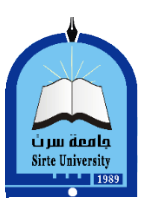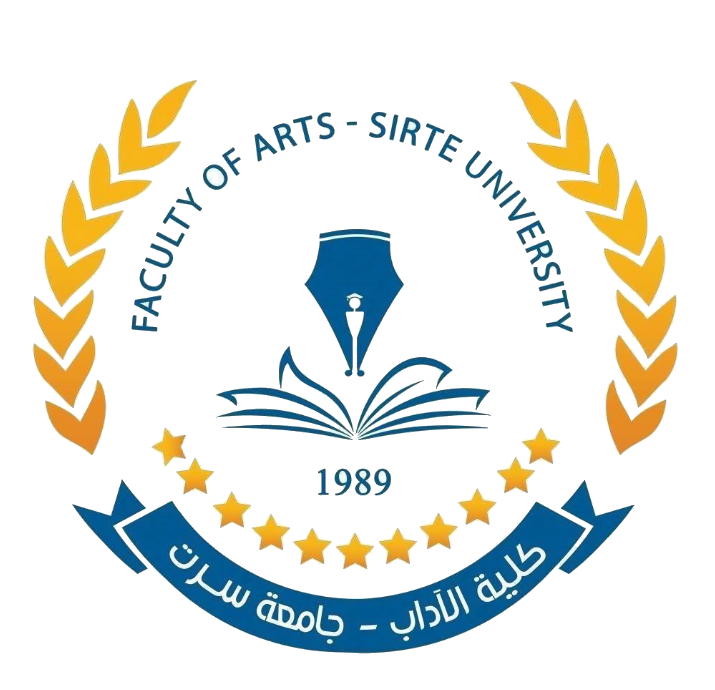A Rhetorical Move Analysis and Metadiscourse of Abstracts in Graduation Projects Written by Libyan Students: A Case Study in Gharyan University
DOI:
https://doi.org/10.37375/abhat.vi20.643الكلمات المفتاحية:
Rhetorical Moves، Metadiscourse، Hyland's models، Abstracts، undergraduate students.الملخص
Even though abstracts are short, they require a specific type and formal structure that is accepted by academic discourse communities (San & Tan, 2012). They are governed by a discipline's own conventions i.e. a series of moves that characterize the flow of the discourse and linguistic features. This study aims to identify the rhetorical moves and metadiscourse markers that are deployed in the abstracts of projects that were written by undergraduate students in the English department at the faculty of Arts/Gharyan University. The data consisted of 30 abstracts. Hyland's models (2000; 2005) were adopted in this study. The first model (2000) was used to analyze the rhetorical moves. The second one (2005) was employed to analyze the metadiscourse. The findings revealed that most of the abstracts did not consist of the five rhetorical moves. The introduction and purpose moves were prominent, while the method, result, conclusion, and structure (new move) moves were not prominent. The absence of some of the rhetorical moves in the English abstracts of undergraduate projects might make the project abstract unable to achieve its communicative purposes and will lead to difficulty for readers to understand the content of the abstract. For metadiscourse, the findings showed that interactive metadiscourse was deployed more than interactional metadiscourse. Among these two categories, transitions, frame markers, and endophoric were used more frequently.

















